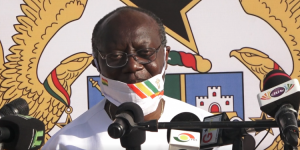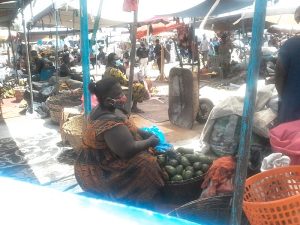Global lead production is forecast by data analytics and consulting company GlobaData to recover by 4.6% and reach 4.69-million tonnes this year owing to increased output from mines in China (+3.3%) and Peru (+9.9%).
The company notes that China, Australia, Russia and Canada will be the key contributors to future lead production growth to 2025.
“The temporary suspension of several mines disrupted supply last year. In Peru, the Antamina mine was suspended for around six weeks during the second quarter of 2020 as part of pandemic [prevention] measures, while Mexico’s San Rafael mine was also suspended due to an illegal blockade by the company’s workforce.
“There were also other mine-specific issues impacting supply – such as a pit failure at Vedanta’s Skorpion mine, in Namibia and a breakdown in the ore conveyor belt at Boliden’s Tara mine, in Ireland,” GlobalData mining analyst Vinneth Bajaj says.
Overall, Peru suffered the greatest decline in output, with production down 21.9% year-on-year, as the country dropped from the third-largest producer to fifth-largest.
Output also fell in China and Australia – the world’s first and second-largest lead producers – with China recording a 1.8% drop and Australia a 2.1% drop.
“Despite these losses, global lead production over the forecast period is expected to grow at a compound annual growth rate of 2.5% to reach 5.2-million tonnes in 2025.
“China, Australia, Russia and Canada will be the key contributors to this growth. Combined production in these countries is expected to increase from a forecasted 2.8-million tonnes in 2021 to 3.1-million tonnes in 2025,” Bajaj notes.
A key project expected to start operations during the forecast period is the Abra mine, in Western Australia, amongst others. While the project’s debt financing has been slowed owing to the outbreak of Covid-19, the company is targeting initial production in 2022, with a yearly lead capacity of 95 000 t.
Brazil’s Aripuana mine, which is jointly owned by Votorantim and Karmin Exploration, is also under construction. The project’s mechanical works are anticipated to be completed by December before production starts in early 2022.
Lastly, the Sorby Hills project, in Australia is on track, undergoing a fully funded feasibility study and awaiting regulatory approvals. With an initial lead production capacity of 50 000 t/y, the project is expected to start operations in 2023.







